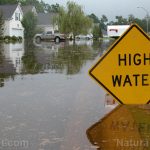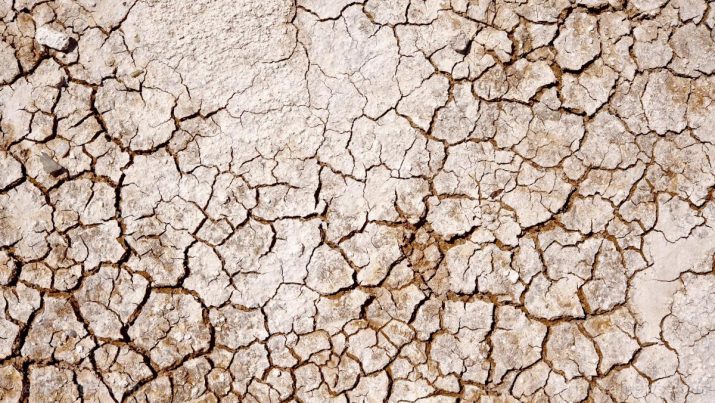
Three American cities that are running dry, like Cape Town
Sunday, April 08, 2018 by David Williams
http://www.waterwars.news/2018-04-08-three-american-cities-that-are-running-dry-like-cape-town.html

As the days go by, the city of Cape Town in South Africa is coming closer to what is now called Day Zero, the day when the city’s sources of tap water finally run dry. And while it might seem like this kind of problem is not something that any U.S. states need to worry about any time soon, it may be time to rethink that notion.
After all, on the grand scheme of things, a few thousands miles of ocean water is really all that separates the U.S. from South Africa, where Cape Town is. It’s still on the same planet, and so its states are affected by the exact same forces that caused this kind of problem to befall on the African city in the first place.
Indeed, before you think that U.S. cities are somehow immune to problems with water shortage, consider the fact that there are already many places were there have been issues with the water supply. There are factors such as population growth and poor urban planning that can exacerbate things, but ultimately, certain natural forces are the ones that have a larger impact. (Related: Learning from Cape Town’s countdown to “Day Zero:” How to survive without tap water.)
Although similar problems as the one in Cape Town can happen to a number of different U.S. cities, there are three in particular that could suffer from widespread drought in the foreseeable future. They have been listed below with explanations as to why they might be the ones in trouble.
- Los Angeles, California –In 2014, Los Angeles was listed by The Nature Conservancy as one of the most water-stressed large cities in the entire world, and it wasn’t by accident. It was due in part to being hit by the worst drought in at least 1,200 years, according to a report, which was said to be triggered by extremely high temperatures as well as reduced rainfall amounts in the city. And before you think it’s only a recent problem, there are records of the California Water Wars, which centered around the dispute for water between rural farmers and the city. The tensions reportedly got so high that they turned the whole thing into the Academy Award-winning movie, Chinatown (1974). With its long history of being drought-stricken, it should be no surprise that it appears on this list.
- Miami, Florida – It may be surrounded by lots of water, but Miami still deserves a spot on this short list. This particular city’s problems are down to slowly rising sea levels — ocean levels were much higher in Earth’s history, when the planet was warmer and more lush with rainforests — that threaten to impact the local water supply through saltwater intrusion. Although Miami holds certain advantages over other cities due to its geographical location, it’s exposed to other potentially disastrous elements that still puts it at risk. At the moment, the quickest solution to saltwater intrusion problems appears to be simply closing off water sources such as wells to keep them clean. Without real, practical solutions, the problem is likely to get worse in the future.
- Salt Lake City, Utah – Based on a recent report from Western Water Assessment, every increase in temperature in the Salt Lake City area could lead to an accompanying decrease in the flow of nearby streams. On average, the report said that every temperature increase in terms of degrees in Fahrenheit could have a corresponding reduction in the flow of streams by about 3.8 percent. The thing that makes matters complicated is the fact that these rivers are all said to be headed in the same direction, which could effectively nullify their use as alternative sources of water. In any case, Salt Lake City residents have already expressed concern as they have been feeling the effects of water scarcity for a few years now. Unless the city takes action, things could get much worse.
All of the above cities may be in trouble, but there’s still hope. If people can just work together with their local governments and businesses, perhaps it might be possible to prevent future problems with their respective water supplies. As the saying goes, an ounce of prevention is better than a pound of cure.
Read more about future issues related to the world’s climate in Climate.news.
Sources include:
Tagged Under: Tags: badclimate, California, Cape Town, cities, Collapse, Day Zero, disaster, Drought, Dry cities, Dry land, El Nino, Miami, Salt Lake, water, water shortage, water supply





